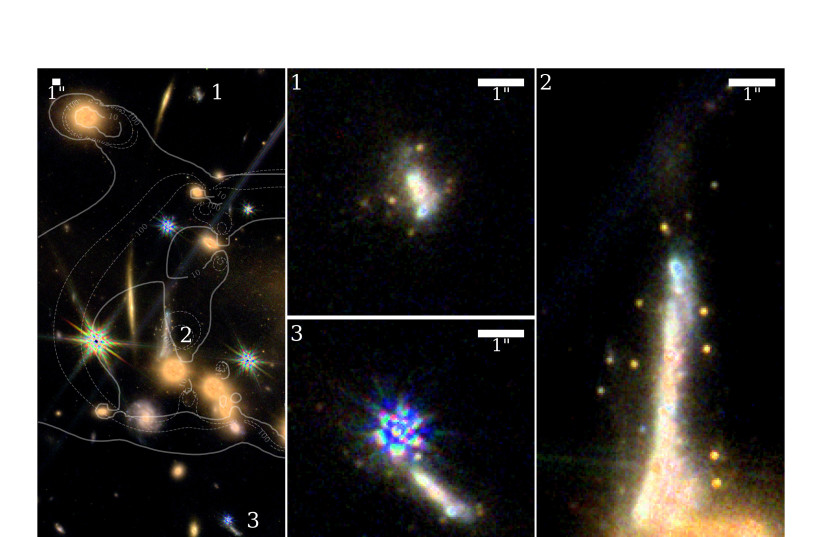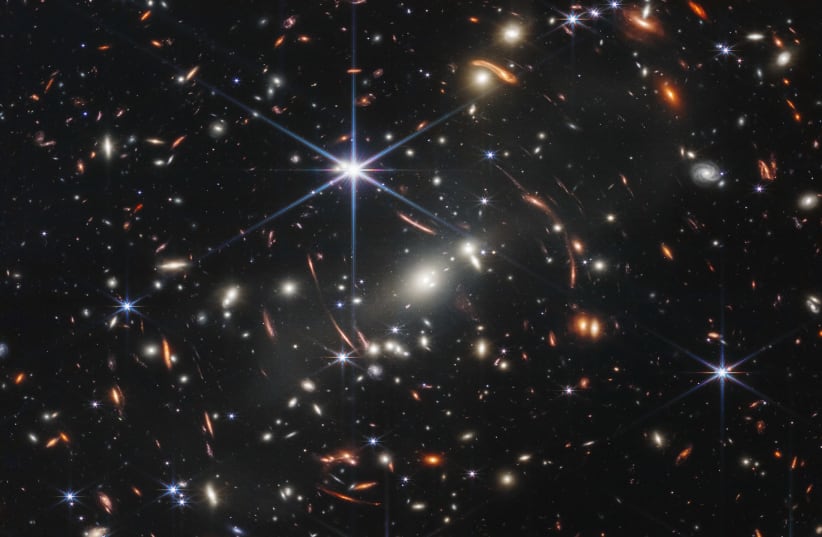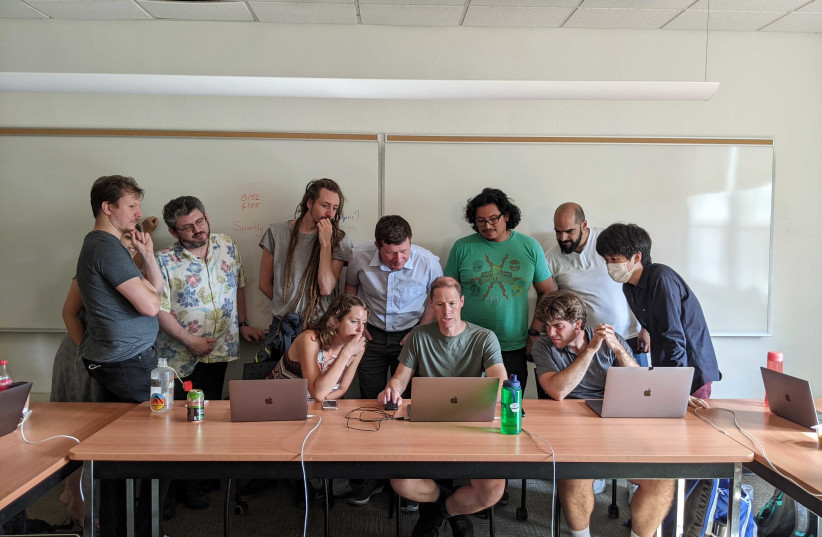Researchers from the Canadian NIRISS Unbiased Cluster Survey (CANUCS) team have identified the most distant globular clusters discovered to date. This data, collected using the famous James Webb Space Telescope (JWST), may point to the oldest stars in our universe.
“Looking at the first images from JWST and discovering old globular clusters around distant galaxies was an incredible moment, one that wasn’t possible with previous Hubble Space Telescope imaging."
Kartheik G. Iyer, Dunlap Fellow at the Dunlap Institute for Astronomy & Astrophysics at the University ofToronto
“JWST was built to find the first stars and the first galaxies and to help us understand the origins ofcomplexity in the universe, such as the chemical elements and the building blocks of life,” said LamiyaMowla, Dunlap Fellow at the Dunlap Institute for Astronomy & Astrophysics at the University of Torontoand co-lead author of the study. “This discovery in Webb’s First Deep Field is already providing a detailed look at the earliest phase of star formation, confirming the incredible power of JWST.”
The researchers' findings were published on September 29 in The Astrophysical Journal Letters. Using the JWST's cutting-edge detailed imagery, they were able to zoom in on what they call "the Sparkler Galaxy," nine billion light years away. The name comes from the galaxy's appearance in pictures, with small compact objects appearing around it. They looked like small yellow-red dots. The team conjectured that these dots could be young, actively forming stars or old globular clusters - ancient collections of stars from a galaxy's infancy.
First inklings of eternity

They initially examined 12 of these objects, and determined that five of them were some of the oldest globular clusters known to date.
“Looking at the first images from JWST and discovering old globular clusters around distant galaxies wasan incredible moment, one that wasn’t possible with previous Hubble Space Telescope imaging,” saidKartheik G. Iyer, Dunlap Fellow at the Dunlap Institute for Astronomy & Astrophysics at the University ofToronto and co-lead author of the study.
"Since we could observe the sparkles across a range of wavelengths, we could model them and better understand their physical properties, like how old they are and how many stars they contain. We hope the knowledge that globular clusters can be observed at such great distances with JWST will spur further science and searches for similar objects.”
The Milky Way, our galaxy, has about 150 globular clusters. Their history is not yet well understood by astronomers, and measuring their age can be extremely difficult.
“These newly identified clusters were formed close to the first time it was even possible to form stars,” explained Mowla. “Because the Sparkler galaxy is much farther away than our own Milky Way, it is easier to determine the ages of its globular clusters. We are observing the Sparkler as it was nine billion years ago, when the universe was only four-and-a-half billion years old, looking at something that happened a long time ago.
Think of it as guessing a person's age based on their appearance — it’s easy to tell the difference between a 5- and 10-year-old, but hard to tell the difference between a 50- and 55-year-old.”
“The team is excited about more discoveries to come when JWST turns its eye on the CANUCS galaxy clusters next month.”
CANUCS team lead Chris Willott
What is next for CANUCS?
According to CANUCS, future studies will also model the Sparkler galaxy cluster and attempt to establish even more detailed accounts of the formation of stars and their histories.
“Our study of the Sparkler highlights the tremendous power in combining the unique capabilities of JWST with the natural magnification afforded by gravitational lensing,” says CANUCS team lead Chris Willott from the National Research Council’s Herzberg Astronomy and Astrophysics Research Centre. “The team is excited about more discoveries to come when JWST turns its eye on the CANUCS galaxy clusters next month.”

